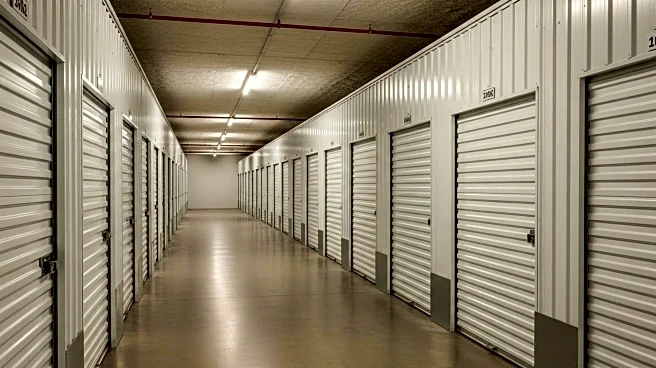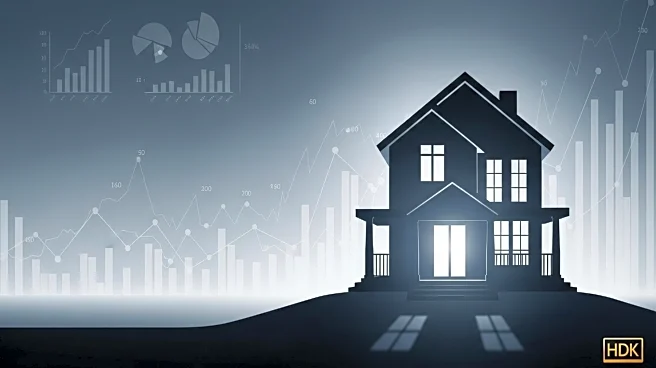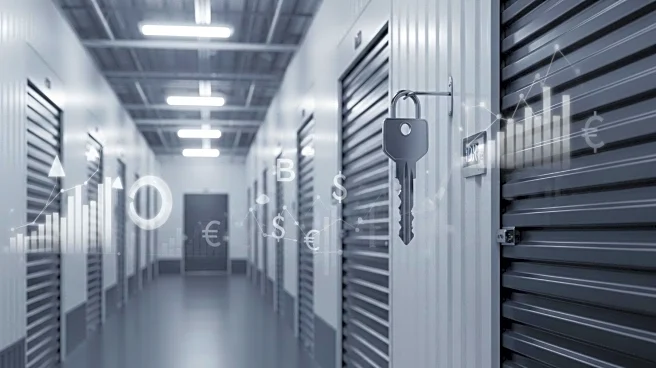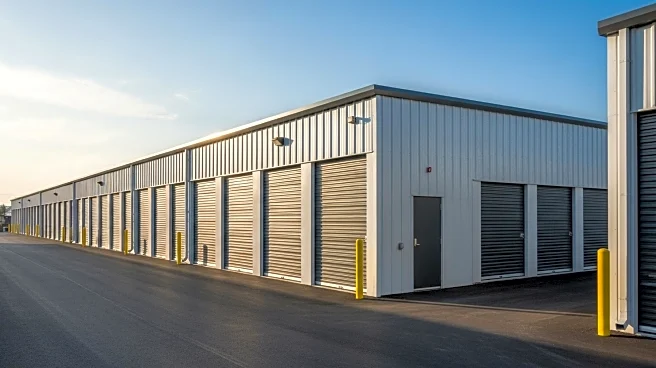What's Happening?
The U.S. self-storage sector is gaining attention as a resilient asset class for investors amidst macroeconomic challenges. Despite facing oversupply issues in certain urban and secondary markets, the sector is adapting through strategic refinancing and robust net operating income (NOI) growth. Institutional investment activity has surged, with private equity groups and REITs recognizing the sector's long-term potential. In Q1 2025, self-storage sales reached $855 million, marking a 37% year-over-year increase. This growth is driven by demand in supply-starved suburbs and growth markets, with average prices per square foot reaching $117. The sector's alignment with demographic shifts, such as urbanization and e-commerce-driven micro-fulfillment needs, is projected to drive a 5.8% CAGR in business storage demand.
Why It's Important?
The self-storage sector's resilience is crucial for investors seeking stable returns in a volatile economic environment. Its ability to adapt through strategic refinancing and operational efficiency positions it as a long-term value generator. The sector's growth is supported by demographic shifts and increasing demand for storage solutions, making it an attractive investment opportunity. Institutional sponsors are fueling this growth, recognizing the sector's potential to deliver stable returns despite macroeconomic headwinds. The projected 4.85% CAGR through 2030 indicates continued growth and stability, offering investors a compelling blend of resilience and scalability.
What's Next?
As construction activity tapers in 2025, the supply-demand imbalance is expected to normalize, supporting a more stable market. The sector is deploying advanced data analytics and dynamic pricing models to optimize revenue, while climate-controlled units and container-based solutions cater to niche customer needs. These innovations are expected to further enhance the sector's appeal to investors and support its long-term growth trajectory.











